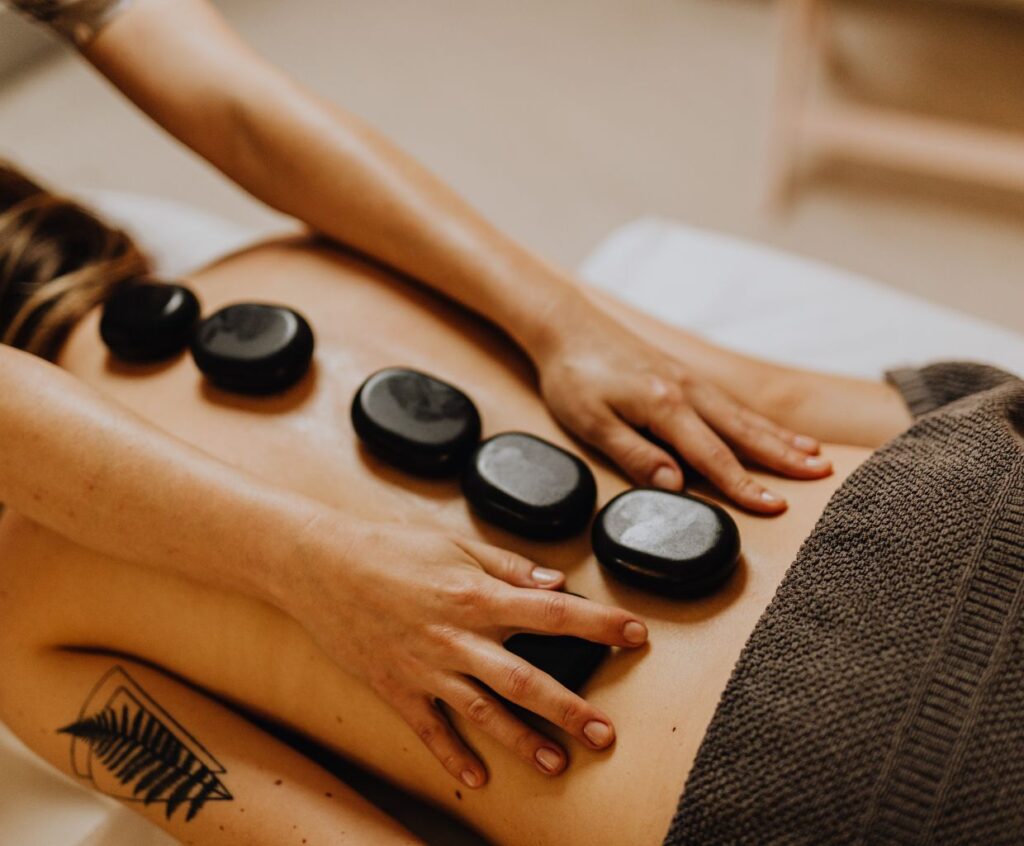Pregnancy Massage: Benefits, Techniques, and Safety Considerations
Welcome to our article on pregnancy massage! Pregnancy is a beautiful journey for expecting mothers, but it can also bring various physical and emotional challenges. This is where pregnancy massage comes in as a soothing and therapeutic treatment option.
In this article, we will explore pregnancy massage’s benefits, techniques, and safety considerations.
The Benefits of Pregnancy Massage
Pregnancy massage offers numerous benefits to both the mother and the developing baby. Some of the key advantages include:
-
- Relief from Pregnancy Discomfort: As the body undergoes significant changes during pregnancy, it often leads to discomfort, such as backaches, swollen ankles, and muscle tension. Massage can help alleviate these discomforts, providing much-needed relief.
-
- Reduced Stress and Anxiety: Pregnancy can bring about a range of emotions, including stress and anxiety. Massage therapy promotes relaxation and can help reduce stress levels, leading to calmness and emotional well-being.
-
- Improved Sleep: Many expecting mothers struggle with sleep disturbances during pregnancy. Massage can help improve sleep quality by promoting relaxation and easing muscle tension, allowing for a more restful sleep.
-
- Enhanced Circulation: Pregnancy massage can improve blood and lymph circulation, delivering vital nutrients to the mother and the baby. This can contribute to overall better health for both.
Techniques Used in Pregnancy Massage
Pregnancy massage involves specific techniques that are safe and suitable for expectant mothers. Some commonly used techniques include:
-
- Swedish Massage: This technique utilizes long, gliding strokes to relax muscles and improve circulation.
- Side-Lying Position: To ensure the comfort and safety of the mother, a side-lying position with supportive pillows is often used during the massage.
- Light Pressure and Gentle Touch: The massage therapist applies light pressure and uses gentle, soothing strokes to avoid discomfort or harm to the mother and the baby.
Safety Considerations for Pregnancy Massage
While pregnancy massage is generally safe and beneficial, there are some important safety considerations to keep in mind:
Consultation with a Healthcare Provider
It is crucial to consult with your healthcare provider before scheduling a pregnancy massage. They can evaluate your situation and advise whether it is safe for you and your baby.
Qualified and Experienced Massage Therapist
Choose a massage therapist specializing in prenatal massage with the necessary qualifications and experience. This ensures that they are knowledgeable about pregnant women’s unique needs and considerations.
Avoid Certain Areas and Techniques
Some areas and techniques should be avoided during pregnancy as they may pose risks. These include deep tissue massage, intense abdomen or lower back pressure, and specific acupressure points that could induce labor.
Pregnancy massage is a beautiful way for expectant mothers to relax, relieve discomfort, and promote overall well-being during this particular time. Remember to prioritize your safety and consult a healthcare professional before starting new treatments.
What techniques are used in pregnancy massage, and how do they differ from regular massage?
Pregnancy massage, also known as prenatal massage, involves specific techniques designed to address the unique needs of pregnant women. Here are some different techniques used in pregnancy massage and how they differ from regular massage:
1. Side-lying position: During a pregnancy massage, women typically lie on their side with the support of pillows. This position helps to alleviate pressure on the abdomen and reduces strain on the lower back.
2. Gentle pressure: Pregnancy massage uses lighter pressure than regular massage. This is because pregnant women are more sensitive, and their bodies undergo significant changes, including increased blood volume and hormonal fluctuations.
3. Avoidance of specific areas: Certain areas, such as the abdomen and lower back, are avoided or treated with extra care during pregnancy massage. The growing uterus and increased muscle and ligament strain make these areas more vulnerable.
4. Focus on specific concerns: Pregnancy massage addresses the specific concerns of pregnant women, such as relieving back pain, reducing swelling in the legs and feet, and alleviating muscle tension and headaches. Techniques may be adjusted accordingly to provide the necessary relief.
5. Use of pregnancy-safe oils: Massage therapists use pregnancy-safe oils or lotions during prenatal massage. These oils are free from potentially harmful ingredients and are safe for both the mother and baby.
6. Trained therapists: Pregnancy massage should only be performed by therapists who have received specialized training in prenatal massage. They have the knowledge and expertise to work with pregnant women safely and effectively.
Pregnancy massage considers the unique physical and emotional changes that occur during pregnancy. It focuses on providing comfort, relaxation, and relief from common discomforts associated with pregnancy while ensuring the safety and well-being of both the mother and baby.
How can pregnancy massage help alleviate common discomforts and issues experienced during pregnancy, such as back pain or swelling?
Pregnancy massage can provide relief from common discomforts and issues experienced during pregnancy in several ways:
1. Back pain: As the baby grows, the mother’s center of gravity shifts, putting additional strain on the back. Pregnancy massage can help alleviate back pain by reducing muscle tension and promoting relaxation. The massage therapist may gently stretch, knead, or apply pressure to specific points to ease the pain.
2. Swelling: Swelling, also known as edema, commonly occurs during pregnancy due to increased fluid retention and decreased circulation. Pregnancy massage can help reduce swelling by stimulating the lymphatic system and improving blood flow. The massage therapist may use gentle strokes and movements to encourage fluid drainage and reduce the discomfort caused by swelling.
3. Leg cramps: Many pregnant women experience leg cramps, especially during the later stages of pregnancy. Pregnancy massage can help relieve leg cramps by increasing blood circulation and promoting muscle relaxation. The massage therapist may focus on massaging the calves and feet to improve blood flow and alleviate cramping.
4. Sciatic nerve pain: The growing uterus can sometimes press on the sciatic nerve, causing pain and discomfort. Pregnancy massage can help alleviate sciatic nerve pain by releasing tension and reducing inflammation around the affected area. The massage therapist may use deep tissue massage, stretching, and applying pressure to specific points to target the sciatic nerve and provide relief.
5. Stress and anxiety: Pregnancy can be stressful, and massage therapy can help reduce stress and anxiety. Massage promotes the release of endorphins, natural mood enhancers, and can induce relaxation. Additionally, the nurturing touch and emotional support during pregnancy massage can help expectant mothers feel more connected to their bodies and babies.
It’s important to note that pregnancy massage should be performed by a certified prenatal massage therapist who has received specialized training in prenatal massage techniques. They will be aware of any contraindications and adapt the massage to ensure the mother’s and baby’s safety and comfort.


